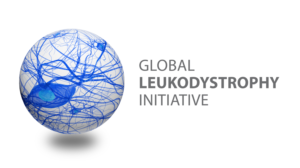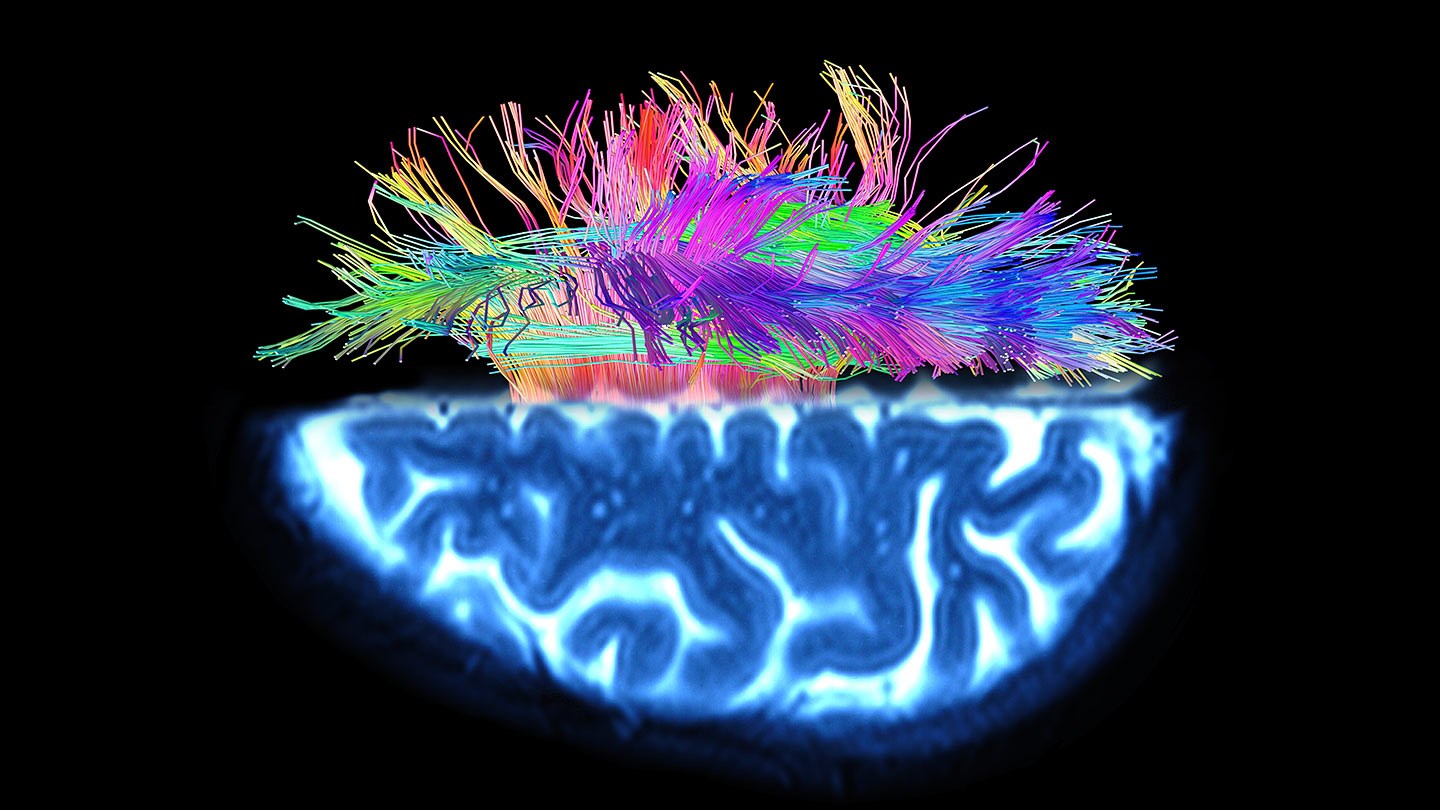
#WhiteMatterMatters
Leukodystrophy is a rare, genetic disease of the white matter in a person’s brain. White matter constitutes about half of a person’s brain, and is the tissue that contains millions of nerve fibers, or axons, that connect other parts of the brain (gray matter) and spinal cord. Gray matter does the brain’s thinking and calculating, while white matter controls the signals – telling nerves to talk to one another, allowing a person to think quickly, walk straight, avoid falling, and importantly, breathe and swallow.
A sheath of myelin coats and protects the nerve fibers, much like a coat of rubber protects electrical wiring. From a neuroscience article in The Guardian: “Historically, myelin has been thought of as nothing more than insulation. This new study suggests that it is far more actively involved in brain activity than previously thought, and adds to a growing body of evidence that it organizes the fine-scale structure of neuronal circuits and can regulate the timing of information as it flows through them.”
Various types of Leukodystrophy occur when white matter doesn’t develop the way it should, or the myelin coating degrades. This leads to neurological impairment which can often be severe and worsen over time.
There are more than 30 known Leukodystrophies (each is its own unique disease within the group known as the Leukodystrophies) and new types of Leukodystrophy are being discovered each year now that the human genome is able to be sequenced and analyzed to better understand these rare, genetic diseases.
Rare & Genetic
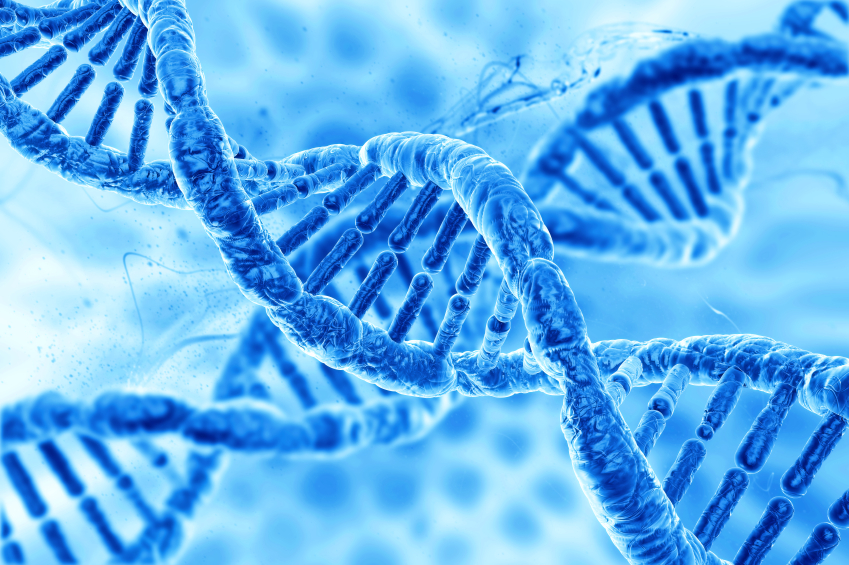
Of the 130-million babies born worldwide each year, only a few thousand have any form of Leukodystrophy.
Humans have 24,000 genes. Everyone has two copies of every gene – one inherited from the female biological contributor to the baby and one inherited from the male biological contributor to the baby.

Sometimes one of these copies is recessive, meaning it has a defect. A one-sided defect has no effect on the carrier, since both copies must be recessive in order to cause disease.
Leukodystrophies are autosomal recessive genetic diseases, meaning in order for a child to be affected, both the male and female biological contributors to the child must be carriers of the same defective, recessive gene and the child must inherit the defective copy of the gene (instead of the non-recessive copy) from both sides.
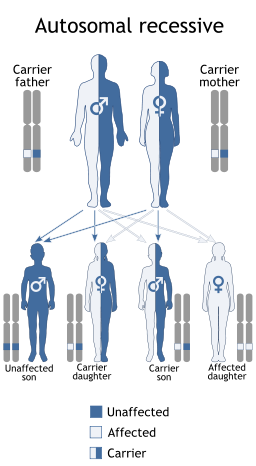
When both the male and female biological contributors are carriers, the odds of a child inheriting the recessive gene from both sides is 1 in 4.
Some Leukodystrophies are more common than others, and some are sub-sets of others which makes pinpointing statistics a challenge. However numerically, with 24,000 genes making up the human genome, the chances of a male and female contributor being the carrier of the same recessive gene and then creating a baby is about 1 in 10,000. This makes the odds of inheriting rare forms of Leukodystrophy as much as 1 in 160,000. Less rare forms of Leukodystrophy are estimated to occur in between 1 in 7,000 to 1 in 20,000 people worldwide. But by any measure, all Leukodystrophies are rare.
Progression & Treatment
While some Leukodystrophies have their on-set of symptoms in adolescence or adulthood, most occur in early childhood. Currently, there is no cure for Leukodystrophy.
Certain forms of Leukodystrophy, such as Metachromatic Leukodystrophy, Adreno Leukodystrophy or Krabbe Leukodystrophy, can sometimes be treated with hematopoietic stem cell transplant, bone marrow transplant or experimental gene therapy (only currently for Metachromatic Leukodystrophy) if the disorder is diagnosed before symptoms begin.
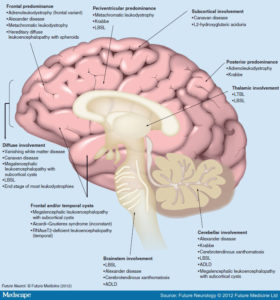
Many children with Leukodystrophy unfortunately become severely debilitated and do not survive childhood.
Some Leukodystrophies do not appear to be progressive but the progressive or stable nature of “unknown” Leukodystrophies only becomes apparent over time, once diagnosed.
Currently, modern medicine still has a very limited understanding of white matter diseases, though research is ongoing and more is being learned all the time as the frontier of stem cell and genetic science is forged.
It is for this reason it is imperative that scientific research specifically related to these diseases is developed, funded and completed.
And, to prevent as many families as possible from having to face the challenges and heartbreak of Leukodystrophy at all, it is of paramount importance that the treatable forms of Leukodystrophy become included in newborn screening tests on a national level post haste, and that it is made easier for diseases to qualify for inclusion on newborn screenings. See the advocacy page for more info on those issues.
LEARN MORE ABOUT LEUKODYSTROPHY



